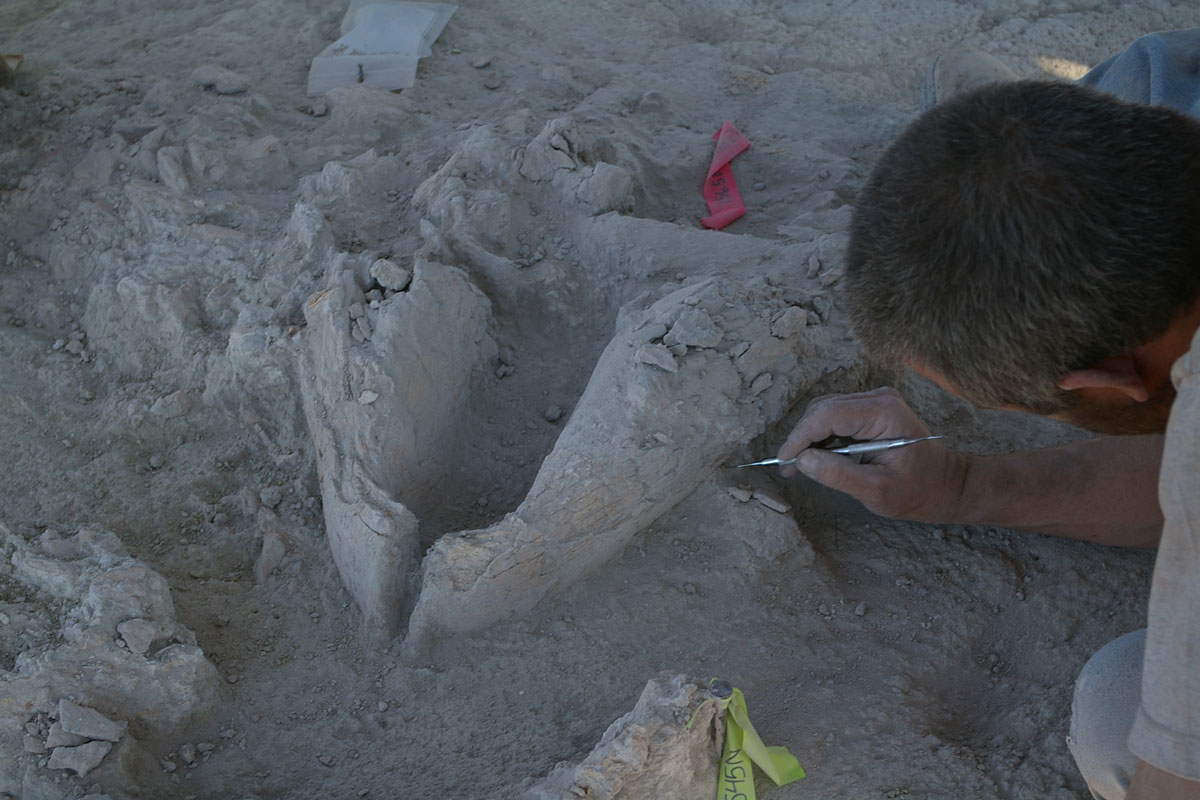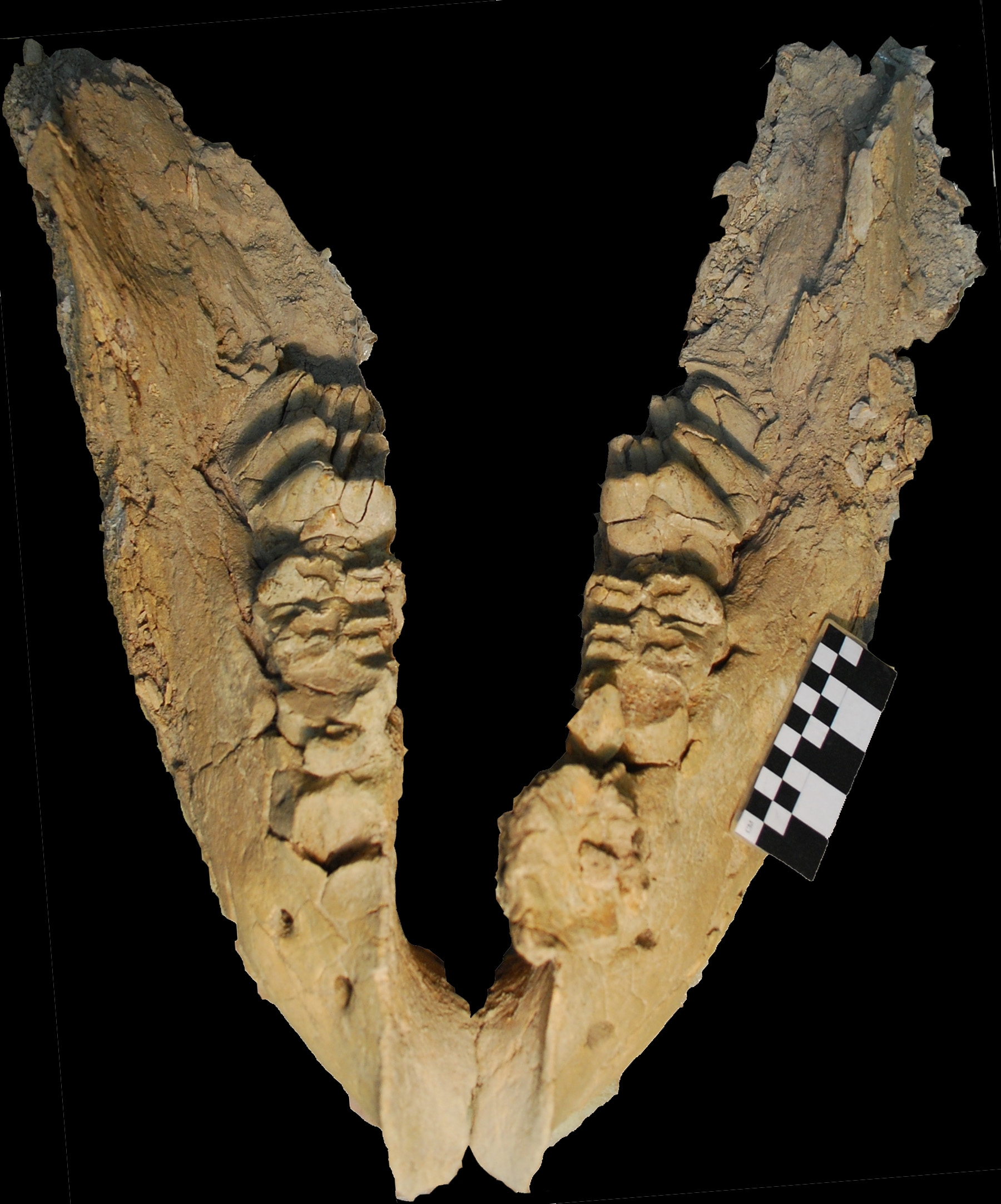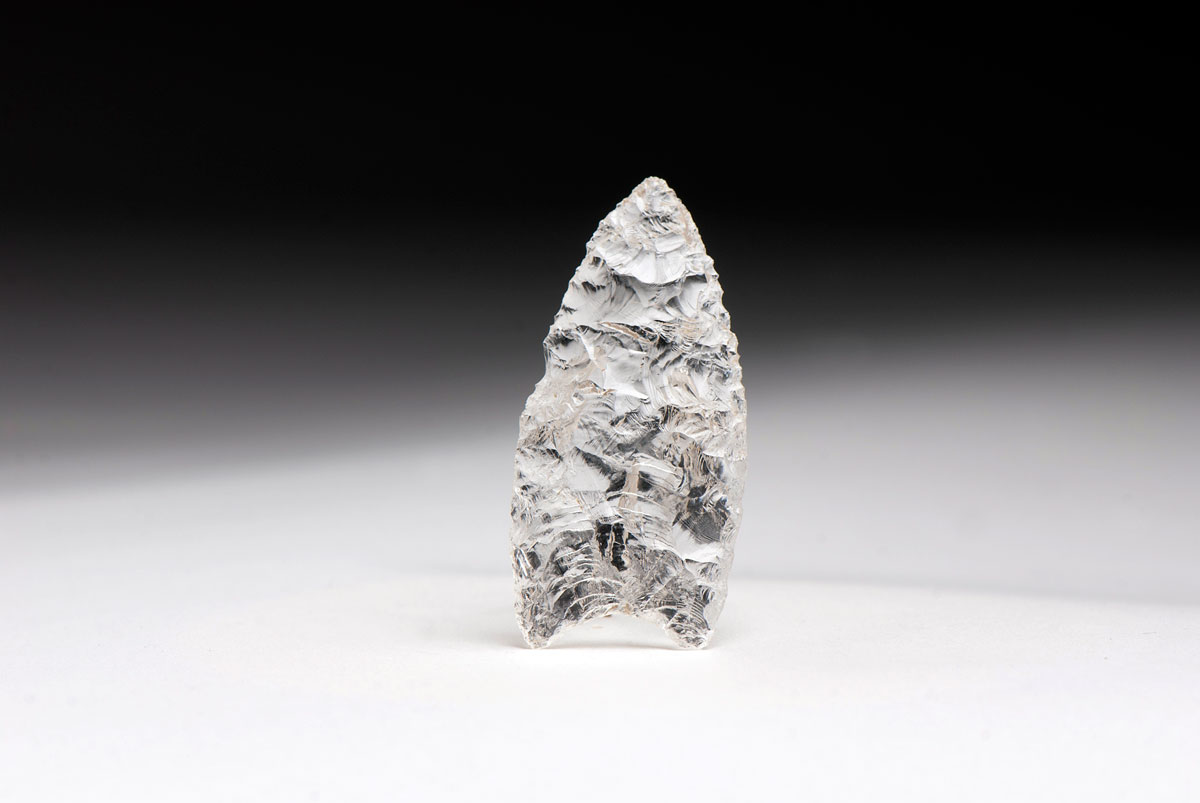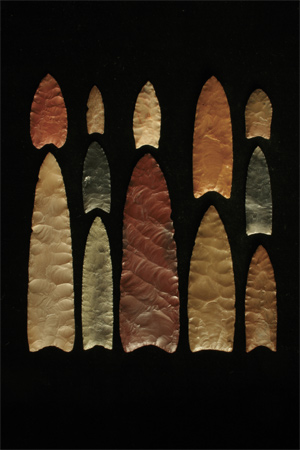In Photos: New Clovis site in Sonora
El Fin del Mundo

A Clovis campground excavated on a Sonora, Mexico, ranch is one of the oldest ever found. Gomphothere bones show the Clovis people hunted the extinct elephant relative. [Read the full story.]
Gomphothere jaw

A gomphothere jawbone as it was found in place, upside down, at the El Fin del Mundo site in Mexico.
Gomphothere teeth

This gomphothere jawbone was unearthed at a Clovis hunting site in Sonora, Mexico.
Elephant ancestors

Sculptures by artist Sergio de la Rosa show three elephant relatives, from left to right: the mastodon, the mammoth and the gomphothere.
Clovis artistry

A quartz Clovis point from El Fin del Mundo, an archaeological site in Sonora, Mexico.
Clovis points

The Clovis blade technology spread rapidly across North America. Here are Clovis points from various sites in the United States.
Get the world’s most fascinating discoveries delivered straight to your inbox.



